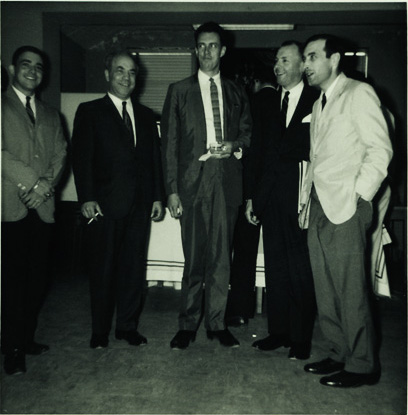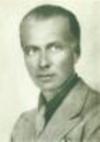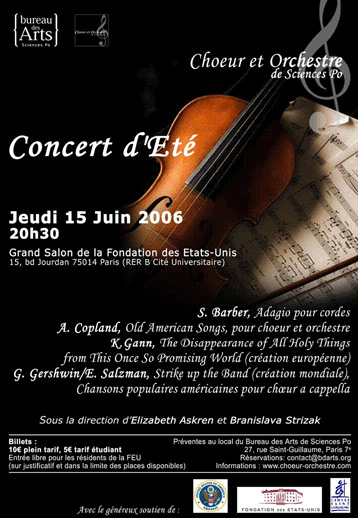Postclassic Radio has been languishing lately, which I regret. But I’ve just put up a couple of major piano works. One is Ralph Shapey’s Fromm Variations, played by Robert Black. Because Shapey landed a position at the University of Chicago, and deeply wanted to be in that orchestra-circuit crowd, he got a reputation as one of the academics, which I consider unfair. Never graduating from college, Shapey taught violin lessons for a living the first half of his career, and hung out in Manhattan with the same abstract expressionist painters as Feldman (one of whom, Vera Klement, he even married). Within his granitic atonal language is a wonderfully sustained sense of imagery, forms that hover in space somewhat like Feldman’s, only thornier. I’m admittedly not crazy about Shapey’s vocal music – he wrote a lot, and his vocal writing is pretty ungrateful – but his instrumental music can be taut, powerful, and yet somehow almost meditative. The Fromm Variations is his finest keyboard work, and soon I’ll treat you to the Seventh String Quartet as well.
Also up is Fog by pianist composer Jessica Krash, a piano dream in which memes from music history bump into each other – including a major third that keeps trying to turn into Schoenberg’s Op. 19, and never does. It’s been awhile since I’ve discovered a new composer so far out of left field as the aptly-named Krash. Plus, Swiss toy-pianist Iris Gerber has been bringing some new repertoire for that instrument to light. I’m uploading Maria De Alvear’s All music is a mandala (2002) and BBAE-Diagonal für Toypiano und Zuspielband nach Composition 2215 by Daniel Ritter.
As to why such a huge proportion of postclassical music is for piano or other keyboard – I’ve pondered this question for a long time. I know why I’ve written so many piano works, which is largely because my music has mostly been championed by pianists – I’ve failed to interest clarinetists and bassoonists, for instance, in solo works I’ve written for those instruments. A certain breed of pianists seems genuinely ravenous for new repertoire. I try to keep plenty of variety, but I could easily let Postclassic Radio devolve into an all-piano-music station.



 I was once told, on the good authority of someone who played his music, that there were no extant photographs of the reclusive Italian composer Giacinto Scelsi – he didn’t like having his picture taken. I printed this factoid in the Village Voice, and in response someone sent me an indistinct photo of an old man in a wool cap, which the sender claimed was the only known photo of Giacinto Scelsi. Now, courtesy of Chicago critic
I was once told, on the good authority of someone who played his music, that there were no extant photographs of the reclusive Italian composer Giacinto Scelsi – he didn’t like having his picture taken. I printed this factoid in the Village Voice, and in response someone sent me an indistinct photo of an old man in a wool cap, which the sender claimed was the only known photo of Giacinto Scelsi. Now, courtesy of Chicago critic 